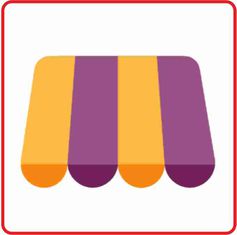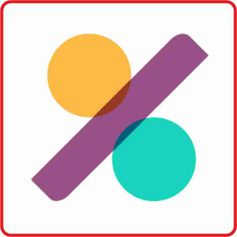Top ERP System for Your Business in 2025
Enhance Your ERP Software with Data-Driven Precision
What is an ERP System?
An ERP system streamlines operations and boosts efficiency!
An ERP ( Enterprise Resource Planning ) system integrates various business processes into a single unified system, streamlining operations and improving efficiency. A successful business maintains alignment across all channels, ensuring longevity with an integrated strategy designed to deliver results.
Our company specializes in tailoring ERP solutions to perfectly fit your business needs. We understand that every organization is unique, requiring a customized approach to maximize efficiency and streamline operations. With our expertise, we analyze your specific requirements and create a bespoke ERP solution that seamlessly integrates with your existing systems and processes. From initial consultation to implementation and support, we are dedicated to providing you with a tailored ERP solution that drives growth and success for your business.
You're aware of what you need, and we have the expertise to help you achieve it!
Benefits of Implementing an ERP System
An ERP solution supercharges productivity!
ERP systems offer numerous benefits including improved productivity, better data management, and enhanced collaboration. Bapple stands out with its data-driven approach, offering ERP systems that not only boast stunning designs but also deliver exceptional performance.
One of the key advantages is improved efficiency through streamlined processes and centralized data management. This leads to reduced operational costs and increased productivity as employees can work more effectively. Additionally, an ERP system enhances data accuracy and reporting capabilities, providing valuable insights for informed decision-making. Furthermore, ERP systems facilitate better collaboration across departments, breaking down silos and improving overall organizational communication. Overall, implementing an ERP system can lead to significant improvements in efficiency, productivity, and decision-making, ultimately driving business growth and success.

Time & Attendance
Our Time and Attendance Software offers a complete solution for effective employee attendance tracking.

Point of Sale
Our Point of Sale is an intuitive and reliable solution, accesible online and offline, offering a wide range of options to meet all your business needs.

Accounting
Experience a new way of working with our modern accounting software. Say goodbye to slow interfaces, overflowing email inboxes and endless data.


Manufacture
Combine MRP, MES, PLM, Quality, Shop Floor and Maintenance in one easy-to-use platform for all your manufacturing needs.
How to Choose the Right ERP System
Consider support, scalability, integration, user-friendliness, and cost.
When choosing an ERP system, it's crucial to consider factors such as scalability, integration capabilities, user-friendliness, and cost. Scalability ensures that the system can grow with your business, accommodating future needs and expansion. Integration capabilities are important for seamless communication between different systems and departments. User-friendliness is key for successful adoption by employees, leading to higher productivity and satisfaction. Lastly, cost considerations should include not just the initial investment, but also ongoing maintenance and support costs. By evaluating these factors carefully, you can select an ERP system that best meets your business requirements and sets you up for long-term success.
Freaquntly Asked Questions for Enterprise Resource Planning
The implementation timeline can vary depending on factors such as the size of your organization, complexity of your processes, customization requirements, and vendor support. On average, it can take anywhere from several months to a year or more.
The choice depends on factors such as budget, scalability needs, security requirements, and IT infrastructure. Cloud-based ERP systems offer flexibility and lower upfront costs, while on-premises solutions provide more control over data.
Emerging trends include artificial intelligence and machine learning integration, Internet of Things (IoT) connectivity, advanced analytics, enhanced mobile capabilities, and blockchain technology.
Best practices include thorough planning, strong project management, effective communication, comprehensive training, phased implementation, and post-implementation support.
Assess your business needs, evaluate different vendors, request demos, consider scalability and integration capabilities, and involve key stakeholders in the decision-making process.
Common challenges include resistance to change, data migration issues, inadequate training, customization complexities, and cost overruns.
Key features to consider include modules for finance, human resources, supply chain management, customer relationship management, reporting and analytics, scalability, and customization options.
Implementing an ERP system can lead to increased efficiency, streamlined processes, better decision-making, improved data accuracy, and enhanced collaboration across departments.
ERP systems can be categorized into on-premises, cloud-based, and hybrid solutions. Each type has its own advantages and considerations.
ERP stands for Enterprise Resource Planning. It's a software system that integrates various business processes and functions into a single platform.





